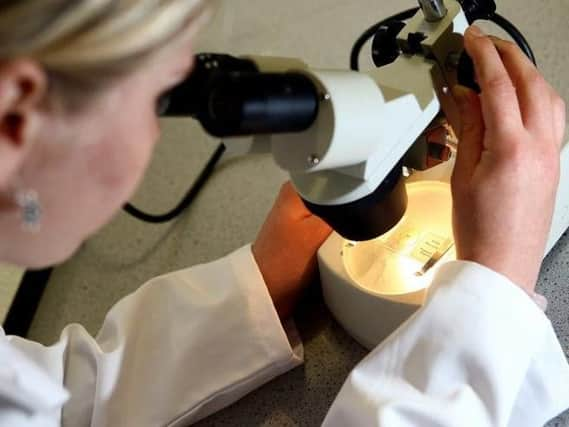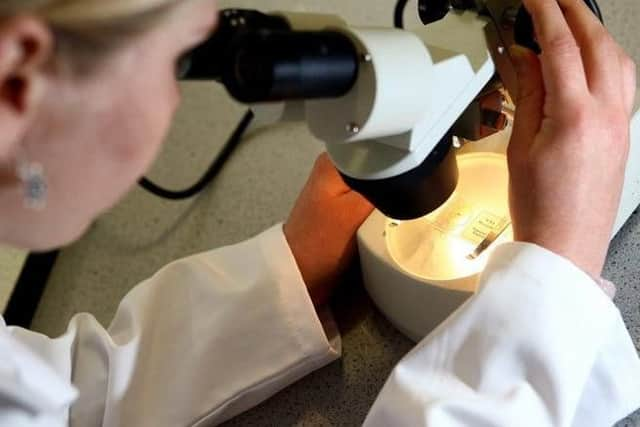Cervical cancer: The symptoms and how to protect yourself


The best way to protect yourself from cervical cancer is by attending cervical screening (previously known as a “smear test”) when invited.
The NHS Cervical Screening Programme invites all women from the age of 25 to 64 to attend cervical screening.
Advertisement
Hide AdAdvertisement
Hide AdWomen aged 25 to 49 are offered screening every three years, and those aged 50 to 64 are offered screening every five years.


These are the symptoms of cervical cancer according to the NHS:
• Unusual bleeding. In most cases, abnormal vaginal bleeding is the first noticeable symptom of cervical cancer. This includes bleeding during or after sex, between your periods, and after you have been through the menopause.
• Other symptoms of cervical cancer may include pain and discomfort during sex, unusual or unpleasant vaginal discharge, and pain in your lower back or pelvis.
Advertisement
Hide AdAdvertisement
Hide Ad• If the cancer spreads out of your cervix and into surrounding tissue and organs, it can trigger a range of other symptoms, including pain in your lower back or pelvis; severe pain in your side or back caused by your kidneys; constipation; peeing or pooing more often than normal; losing control of your bladder or losing control of your bowels; blood in your urine; swelling of one or both legs; and severe vaginal bleeding.
• You should contact your GP if you experience bleeding after sex; bleeding outside of your normal periods; or new bleeding after the menopause.
• Vaginal bleeding is very common and can have a wide range of causes, so it does not necessarily mean you have cervical cancer. However, unusual vaginal bleeding needs to be investigated by your GP.